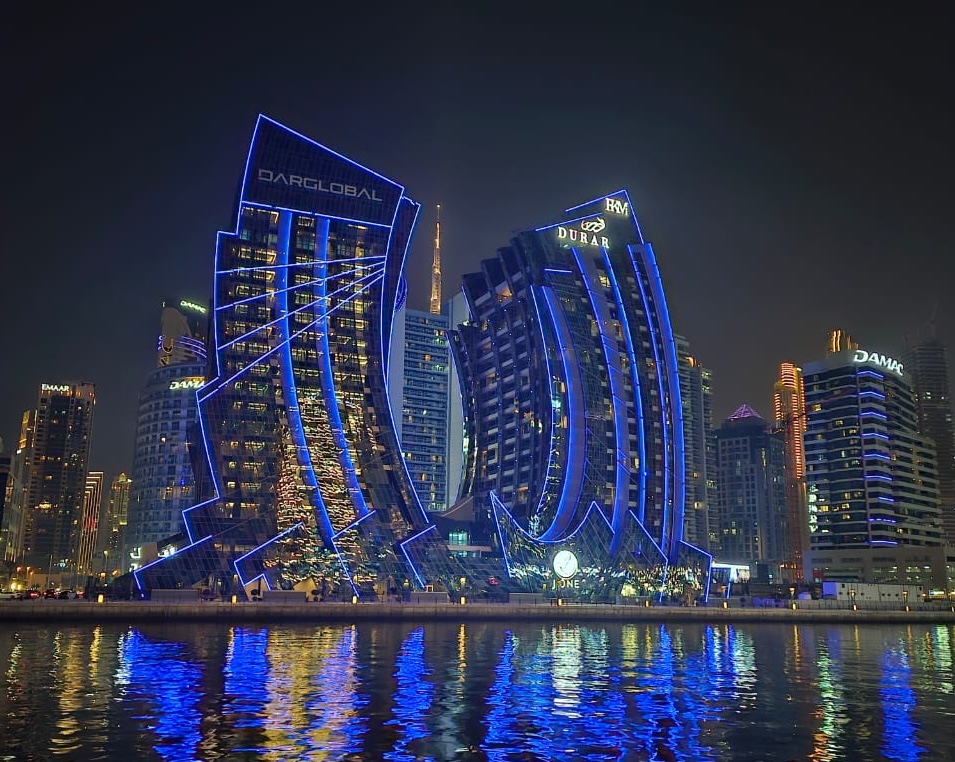
Dubai welcomed 18.72 million international visitors between January and December 2024, marking a 9% increase from the same period in 2023. This growth was driven by strong performances in emerging markets like North East & South East Asia (+24%) and Africa (+20%), while mature markets such as Western Europe and South Asia continued to dominate in terms of visitor numbers. The hospitality sector also saw improvements, with hotel occupancy rates rising to 78% and Revenue per Available Room (RevPAR) increasing by 2%. Dubai’s ability to attract a diverse range of visitors and its resilient tourism infrastructure underscore its position as a leading global destination.
Visitor Numbers and Growth
Visitor Performance by Region
Dubai’s tourism growth was driven by strong performances across key regions:
|
Region
|
2023 Visitors
|
2024 Visitors
|
Growth
|
Contribution to Total
|
|
Western Europe
|
3.23 million
|
3.74 million
|
+13.5%
|
19%
|
|
South Asia
|
3.08 million
|
3.14 million
|
+1.8%
|
17%
|
|
GCC
|
2.65 million
|
2.74 million
|
+3.3%
|
15%
|
|
CIS & Eastern Europe
|
2.26 million
|
2.63 million
|
+16.3%
|
14%
|
|
MENA
|
2.09 million
|
2.13 million
|
+2.0%
|
11%
|
|
North East & South East Asia
|
1.46 million
|
1.81 million
|
+24.2%
|
10%
|
|
Africa
|
754,000
|
903,000
|
+19.8%
|
5%
|
|
Americas
|
1.23 million
|
1.27 million
|
+3.5%
|
7%
|
|
Australasia
|
338,000
|
360,000
|
+6.5%
|
2%
|
Key Regional Insights
Highest Growth Regions
-
North East & South East Asia: With a 24.2% increase in visitors, this region emerged as the fastest-growing market. Improved air connectivity and targeted marketing campaigns have been key drivers.
-
Africa: Despite contributing only 5% of total visitors, Africa saw a 19.8% increase, highlighting significant untapped potential.
Stable and Mature Markets
-
Western Europe: Remained the largest contributor, accounting for 19% of total visitors, with a 13.5% growth.
-
MENA: Growth stabilized at 2%, reflecting its status as a mature market. Strategic campaigns could help reignite interest.
Global Resilience
Hotel Performance and Visitor Behavior
Occupied Room Nights
Guests' Length of Stay
Average Occupancy
Average Daily Rate (ADR)
Revenue per Available Room (RevPAR)
Hotel Supply and Category Insights
Total Hotel Establishments
Total Available Rooms
-
Increased by 2%, reaching 154,016 rooms, reflecting sustained expansion in hospitality infrastructure.
Performance by Hotel Category
|
Category
|
Inventory Share
|
Occupancy Rate
|
|
5-Star Hotels
|
35%
|
76%
|
|
4-Star Hotels
|
29%
|
79%
|
|
1-3 Star Hotels
|
19%
|
79%
|
|
Hotel Apartments
|
17%
|
80%-82%
|
-
5-Star Hotels: Accounted for the largest share of inventory (35%) with a 76% occupancy rate.
-
4-Star Hotels: High-performing category with a 79% occupancy rate and 29% of the inventory.
-
Hotel Apartments: Achieved the highest occupancy rates, ranging from 80% to 82%.
Strategic Implications and Recommendations
Global Appeal and Diversification
Dubai’s ability to attract visitors from diverse regions remains a key strength. While Western Europe and South Asia continue to dominate, emerging markets like North East & South East Asia and Africa present significant growth opportunities.
Opportunities in High-Growth Regions
-
North East & South East Asia: Enhanced air connectivity and targeted campaigns have driven growth. Continued investments in these markets could yield even higher returns.
-
Africa: The 19.8% growth highlights untapped potential. Strategic partnerships and marketing efforts could solidify Dubai’s presence in this region.
Stable and Mature Markets
Hotel Sector Alignment
The increase in room supply and improved hotel performance align with rising demand, ensuring Dubai’s hospitality infrastructure remains competitive. Continued investment in high-quality accommodations and experiences will be critical to sustaining growth.
Dubai’s tourism sector demonstrated remarkable resilience and growth in 2024, with strong performances across regions and hotel categories. By leveraging emerging markets, optimizing mature ones, and continuing to invest in world-class infrastructure, Dubai is well-positioned to maintain its status as a leading global tourism destination. The city’s ability to adapt to changing traveler preferences and market dynamics ensures its continued success in the years to come.